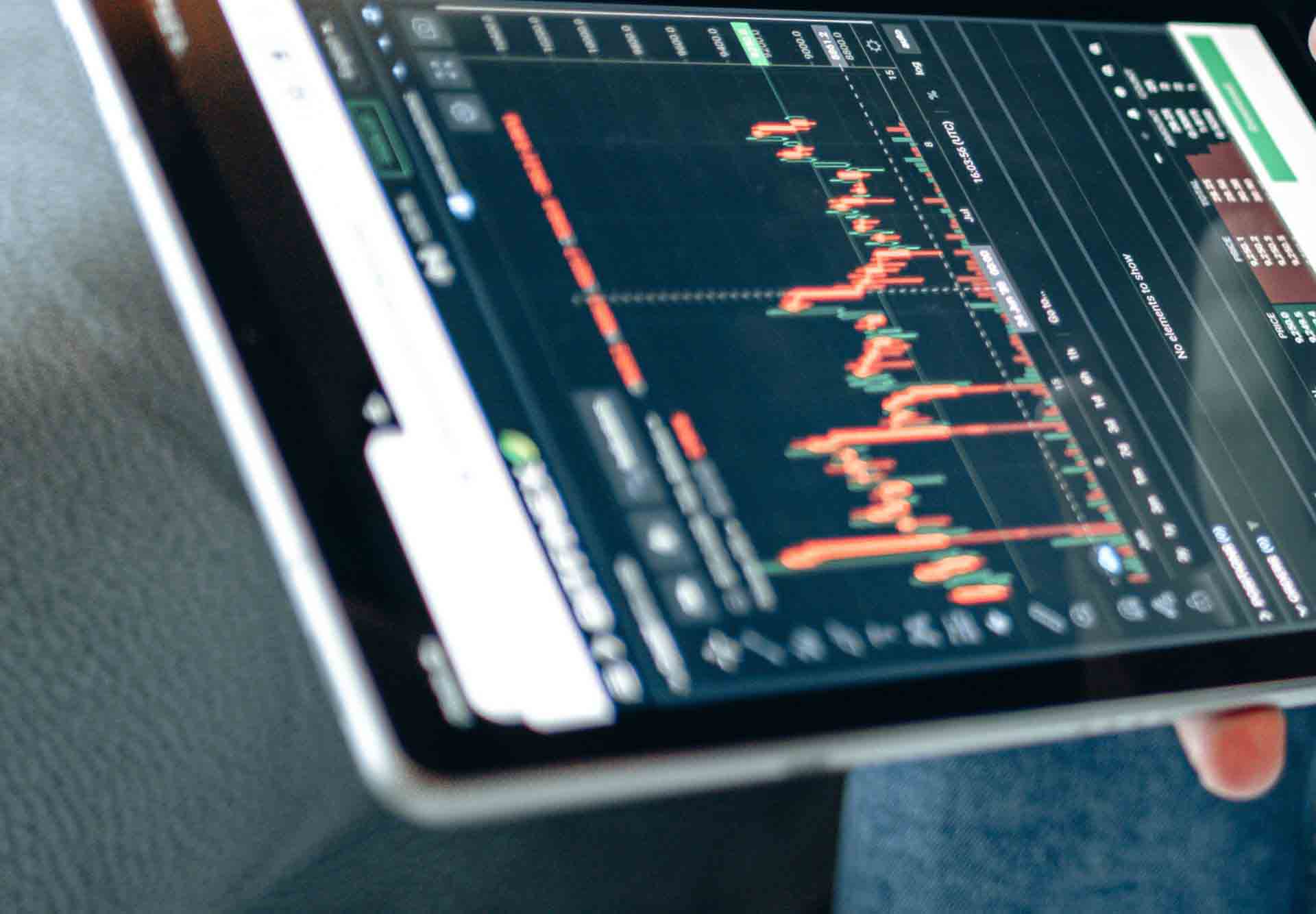Deciphering On-chain Bottom Indicators
In our recent data release, we put emphasis on a handful of crucial on-chain analytics we monitor. We want to further discuss these factors in this write-up. When looking at the relatively young history of Bitcoin, several on-chain cyclical indicators suggest that we’re currently witnessing a textbook case of a Bitcoin price bottom. These indicators become particularly significant at market extremities—possible tops and bottoms.
Nonetheless, these indicators should be evaluated along with other macroeconomic elements, and the chance of another bear market rally must be taken into account, considering that we are still beneath the 200-week moving average price of approximately $24,600. With that said, if the price can maintain above $20,000 in the short-term, the bullish factors indeed hint at an opportunity for more extended period accumulation.
A considerable outlier risk is a potential market-wide sell-off in risk assets that are presently priced for a “soft landing” scenario, coupled with possibly misguided expectations of a Federal Reserve policy shift later this year. Several economic metrics and data suggest that we might be in the middle of a bear market akin to 2000-2002 or 2007-2008, with the worst still to come. This extended bear market sets this Bitcoin cycle apart from previous ones, making it even more difficult to use past Bitcoin cycles as perfect references for today.
However, when viewed solely from a Bitcoin perspective, the narrative is evident: Sellers have reached their limit, and the Hodlers are holding firm.
With Bitcoin ownership transparency, we can closely observe different groups of Bitcoin owners. In this instance, we’re examining the average Bitcoin holder’s realized price and the same statistic for both long-term holders (LTH) and short-term holders (STH).
The realized price for STH and LTH gives us an insight into which market segments are profiting or taking a hit.
On a monthly timeline, realized losses have turned into realized profits for the first time since last April.
The shift from capitulation and loss taking to profit realization across the network signifies a positive sign of thorough capitulation.
A compelling argument can be made that, given Bitcoin’s current supply elasticity—demonstrated by the historically low number of short-term holders or rather the high number of long-term holders—it will be hard to deter current market participants, especially given the hardships endured over the past year.
Historically, long-term Bitcoin holders tend to remain composed amidst Bitcoin price fluctuations. The data indicates a robust pattern of accumulation throughout 2022, despite a significant risk-off event in both Bitcoin and traditional markets.
While the liquidity dynamics in traditional markets are noteworthy, Bitcoin’s supply-side dynamics appear to be as robust as ever. A minor influx of newfound demand is all it will take to trigger a substantial price increase.

